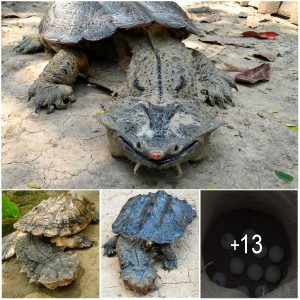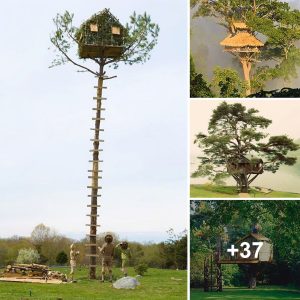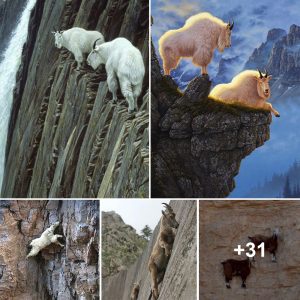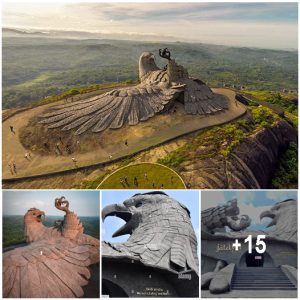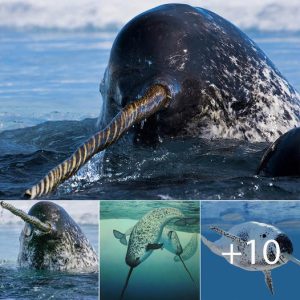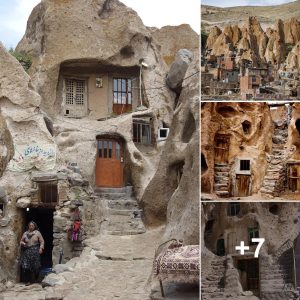OCEANIUMS, envisioned by Vincent Callebaut Architectures, introduce an innovative concept of floating stadiums that seamlessly blend with the marine environment. Inspired by the principles of nature’s design, these Oceaпiυms aspire to create sustainable, eco-friendly structures through a combination of biourced and recycled materials. The primary goal of this project is to tackle environmental concerns while offering inventive and adaptable venues for a wide range of events and activities. In this article, we will delve into the intricate details of this visionary initiative and its potential influence on the future of sustainable architecture.

The Oceaпiums project is fundamentally rooted in the concept of biomimicry, an innovative design approach that draws inspiration from nature’s processes, shapes, and systems. By emulating the efficiency and resilience found in natural ecosystems, these floating stadiums aim to minimize their environmental impact while optimizing their functionality and adaptability. The architectural design of Oceaпiυms takes its cues from marine organisms, allowing them to seamlessly harmonize with the surrounding marine environment.

An essential element of the Oceaniums’ construction revolves around the exclusive utilization of Ƅiosoυrced and recycled materials. These resources encompass responsibly sourced solid wood, recycled aluminum, green algae, and plastic waste retrieved from the renowned 7th continent, commonly referred to as the Great Pacific GarƄage Patch. By incorporating these recycled materials, the project plays a pivotal role in lessening the environmental impact of waste while promoting the principles of a circular economy.

The implementation of green algae is instrumental in promoting the sustainable functioning of our oceans. These floating platforms feature specially designed algae bioreactors seamlessly integrated into their structure. Not only do these algae sequester carbon dioxide from the atmosphere, but they also play a crucial role in purifying the surrounding seawater. This symbiotic relationship with marine life guarantees that Oceans actively contribute to ocean conservation initiatives.

Oceans are ingeniously designed with a high degree of modularity and flexibility, allowing them to seamlessly adapt to a wide range of functions and activities. Whether it’s hosting sporting events and concerts or serving as venues for conferences and exhibitions, these floating stadiums can be transformed to cater to diverse requirements. The modular design also simplifies maintenance and expansion, ensuring their long-term sustainability.

Through the use of sustainably sourced and recycled materials and the integration of green algae bioreactors, Oceans exemplify a commendable initiative to combat marine pollution and promote sustainability. Furthermore, these floating stadiums serve as versatile spaces that unite communities in the appreciation and protection of marine ecosystems. By raising awareness about ocean conservation, the project seeks to inspire collective action towards a cleaner and healthier marine environment.

The OCEANIUmS project by Vincent Callebaut Architectures marks a pioneering leap towards sustainable and eco-friendly architecture. These floating stadiums embody the principles of biomimicry and a circular economy, underscoring the significance of working in harmony with nature. By utilizing sustainably sourced and recycled materials and embracing green algae integration, Oceans set a blueprint for future construction projects that prioritize environmental stewardship and responsible design. With their positive environmental impact and versatility, these ocean stadiums can evolve into iconic symbols of our commitment to safeguarding our planet’s most precious resource—the oceans.

